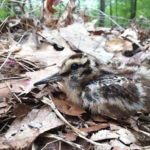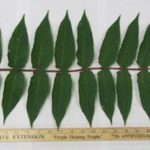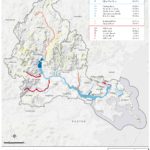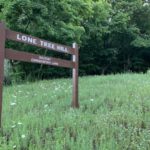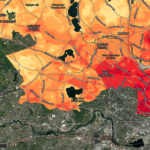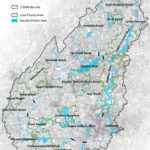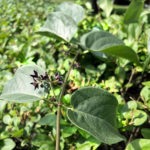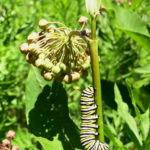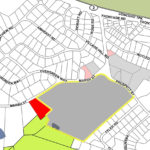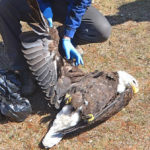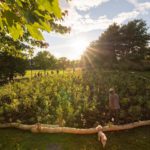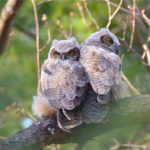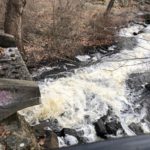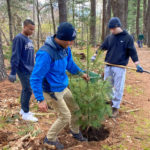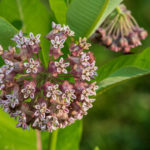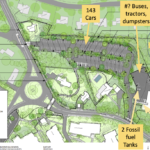
By Justin Roe Belmont Hill School submitted their long-awaited plan for the Belmont Hill woodlands area to the planning board in October. The response from Belmont’s residents was instantaneous and overwhelming in opposing the proposal. Within three weeks, Belmont’s Select Committee and Planning Board have received hundreds of letters voicing town opposition to the project. A petition in opposition has attracted over 2,200 signatures, and hundreds of lawn signs and banners are popping up in every district in Belmont. School action groups from Lexington and Waltham are taking an active role. All within a few weeks. The school presented its [READ MORE]




